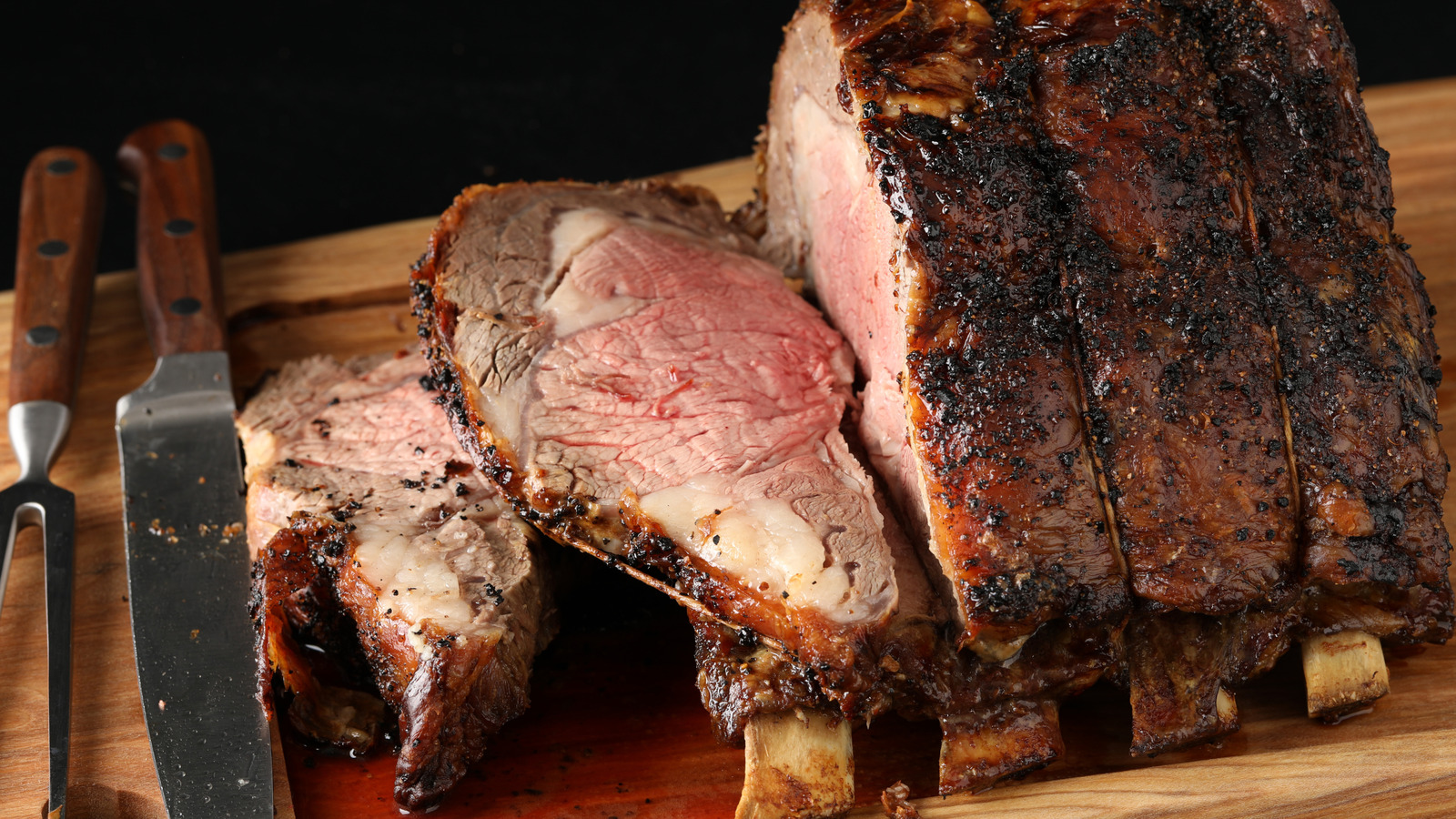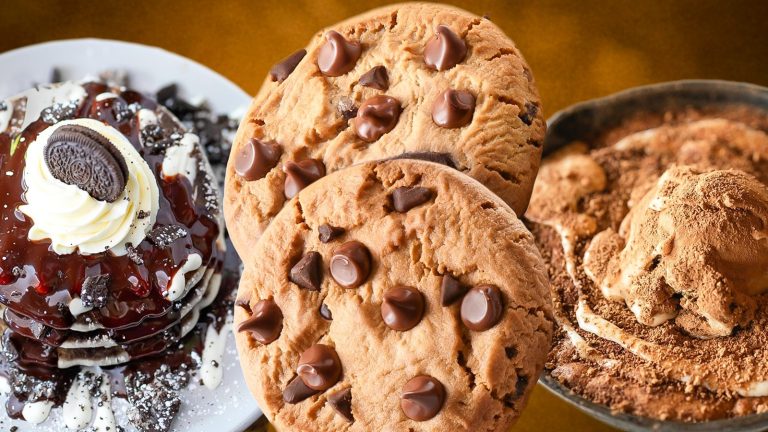Prime rib is a centerpiece dish reserved by many for special occasions and celebratory meals. It’s a large cut of meat that takes care, time, and attention to prepare properly. Because of the financial and time investment that a prime rib requires, it’s not a cut that you’d ever want to see go to waste by missing an important step while preparing.
One of the most critical and overlooked steps when cooking prime rib is allowing the meat to rest untouched after cooking and before serving. Cutting into meat too soon after cooking can cause all of the precious, flavorful juices to release onto the plate rather than redistributing throughout the meat itself. When it comes to properly resting a prime rib, we asked executive chef Pierre Albaladejo of Park Hyatt Aviara what the perfect amount of rest-time is. He shared that the sweet spot for resting prime rib is a minimum of 30 minutes while covered with foil to help trap the heat and moisture. If you’d like to rest your prime rib for longer, you sure can, but good luck resisting tearing into a crusted, steaming hunk of meat for any longer than 30 minutes.
Other tips for super moist and tender prime rib
Known for an ultra-tender texture and rich flavor, the prime rib fittingly comes from the rib part of the cow. Because this area of the body doesn’t get used much compared to other more muscular parts, the prime rib is a tender and sought-after cut. It being a fairly large cut of meat also means that it naturally has more moisture. There are some tricks to maximize that juiciness and get the most out of your prime rib. Try doing a reverse sear, a cooking method where you start by slow roasting and then finish with a high heat that locks in the juices and flavor with a caramelized crust.
Add extra moisture by slathering the prime rib with a thick layer of seasoned, herby butter to incorporate more fat and help flavor penetrate deeper into the meat. Another trick for the moistest prime rib possible is to dry brine (as opposed to wet brine) it for about 24 hours before putting it in the oven. A dry brine is simple: Just douse your meat in a heavy coating of coarse salt and let it rest in the refrigerator. Make sure you do this at least a few hours before you plan on cooking, as a dry brine can actually suck the moisture out of meat if the process isn’t given time to complete. Treat yourself to a hearty prime rib dinner, and use our tricks for ensuring a perfectly tender and flavorful prime rib.






